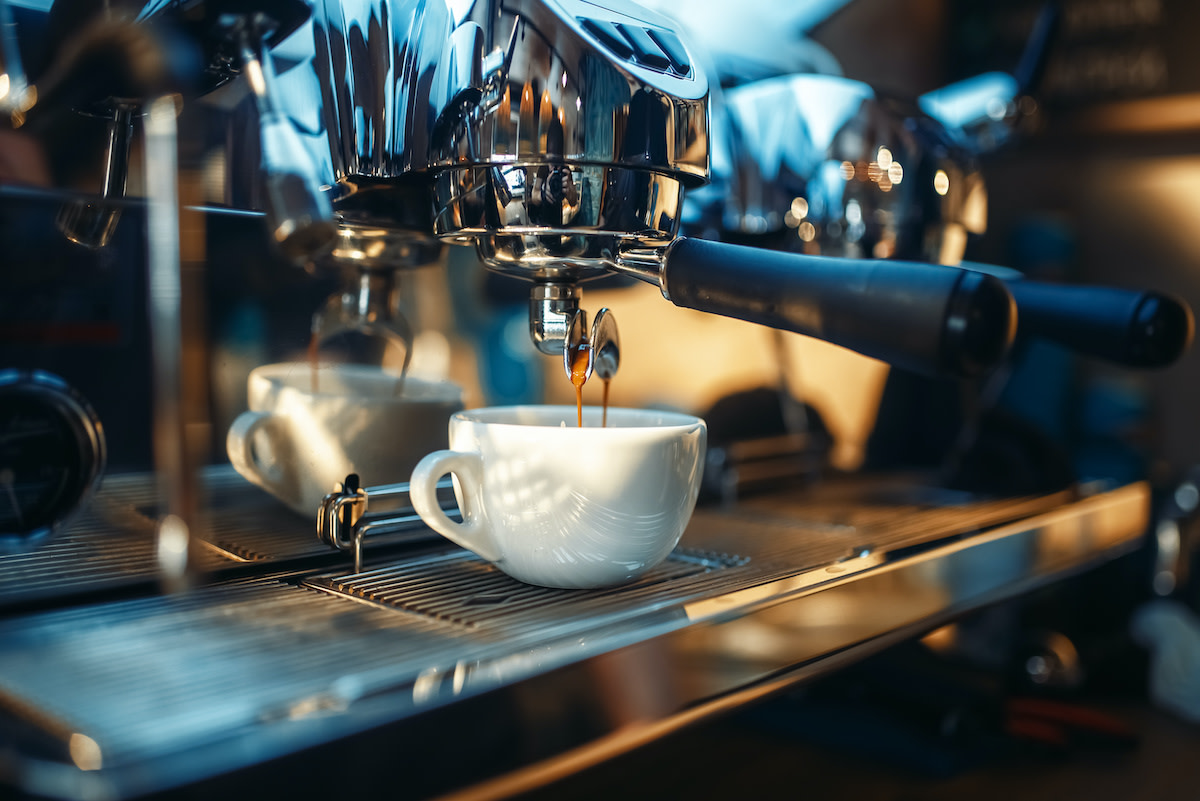Cappuccino vs. Coffee: Cappuccino and Coffee Differences
Written by MasterClass
Last updated: Nov 8, 2021 • 3 min read
Learn the differences between a cappuccino and a cup of filter coffee, plus how these beverages are made.
Learn From the Best
What Is Coffee?
Coffee is any caffeinated drink made by brewing roasted, ground coffee beans with hot water. The two most common coffee plants for brewing roasted coffee beans are Coffea arabica, which produces Arabica beans, and Coffea canephora, which produces Robusta beans. Coffee beans come from the seeds of coffee plant berries, which are bright red. The beans are roasted then ground to produce coffee.
The term “coffee” commonly refers to drip coffee made with an automated coffee machine, which heats water to filter through ground coffee beans. When enough water saturates the coffee, it will begin to pass through a filter and into a pitcher below, making anywhere from two to several cups of coffee, depending on the specific machine. Pour-over coffee is another method for brewing roasted beans which involves a vessel and a filter, and manually pouring hot water over the grounds.
What Is a Cappuccino?
A cappuccino is an Italian frothed milk and coffee drink made using an espresso machine. A traditional cappuccino contains 25 milliliters of espresso coffee and 100 milliliters of steam-foamed milk. Some cappuccino recipes call for equal parts espresso, steamed milk, and microfoam. Often, barista dust the top layer of foam with cocoa powder. Cappuccinos have more milk than some other espresso drinks, such as a macchiato, cortado, mocha or flat white, but less milk than a caffè latte.
What Is Espresso?
Espresso is a method of preparing coffee as a small concentrated shot. Espresso shots are created by pushing hot water through finely-ground coffee at high pressures. The first espresso machine was patented in the late nineteenth century, and it quickly became a staple of cafes and restaurants throughout Italy in Europe.
A single shot of espresso is made up of three parts: the bottom layer (the heart); the middle layer (the body); and the top layer (the crema). The crema is a thin layer of golden brown liquid that contains proteins, sugars, and oils that hold most of the espresso shot’s taste. Espresso can be enjoyed on its own in a small sippable shot, with some extra hot water to make an Americano, or used as a base to create several espresso drinks that use steamed milk, including cappuccino, latte, or macchiato.
Cappuccino vs. Coffee: What’s the Difference?
Cappuccino and drip coffee are both caffeinated drinks, but the preparation process for these coffee beverages differs:
- Equipment: Making coffee requires a coffee machine or a pour-over kit to steep ground coffee beans and filter them through hot water. To properly brew a cappuccino, you need an espresso machine. This will allow you to pull a single shot or a double shot of espresso, and make steamed milk and/or microfoam. Most espresso machines have a steam wand tool that uses diverted steam to froth milk.
- Flavor: The espresso flavor, as the base of a cup of cappuccino, is more intense. However, the dilution of the espresso by foamed milk will significantly lessen that flavor. High-quality drip coffee will usually be robust in flavor, but balanced and smooth. Some drinkers will prefer to add an amount of milk to their coffee, changing the flavor profile in a way similar to a cappuccino. Third wave coffee might even have notes of fruitiness and acidity.
- Ingredients: A cappuccino features espresso, hot milk, and milk froth, and baristas typically serve drip or pour-over coffee black. As a result of the additional hot milk and milk foam elements, a cappuccino will generally have more calories than a cup of black coffee. However, the amount and type of sweetener and milk you add to coffee, such as plant-based milk or whole milk, can make it as calorie-rich as a cappuccino, or even more so.
Is a Cappuccino Stronger Than Drip Coffee?
The caffeine content for these two beverages is variable. Most cappuccinos from coffee shops are made with a double shot of espresso, which means there’s a fairly high amount of caffeine. However, an eight-ounce cup of regular coffee can contain as much caffeine as the cappuccino, depending on factors such as the ratio of ground coffee to water, the darkness of the roast, brewing method, and the variety of coffee.
Want to Learn More About Cooking?
Become a better chef with the MasterClass Annual Membership. Gain access to exclusive video lessons taught by the world’s best, including Gordon Ramsay, Gabriela Cámara, Chef Thomas Keller, Dominique Ansel, Yotam Ottolenghi, Alice Waters, and more.
